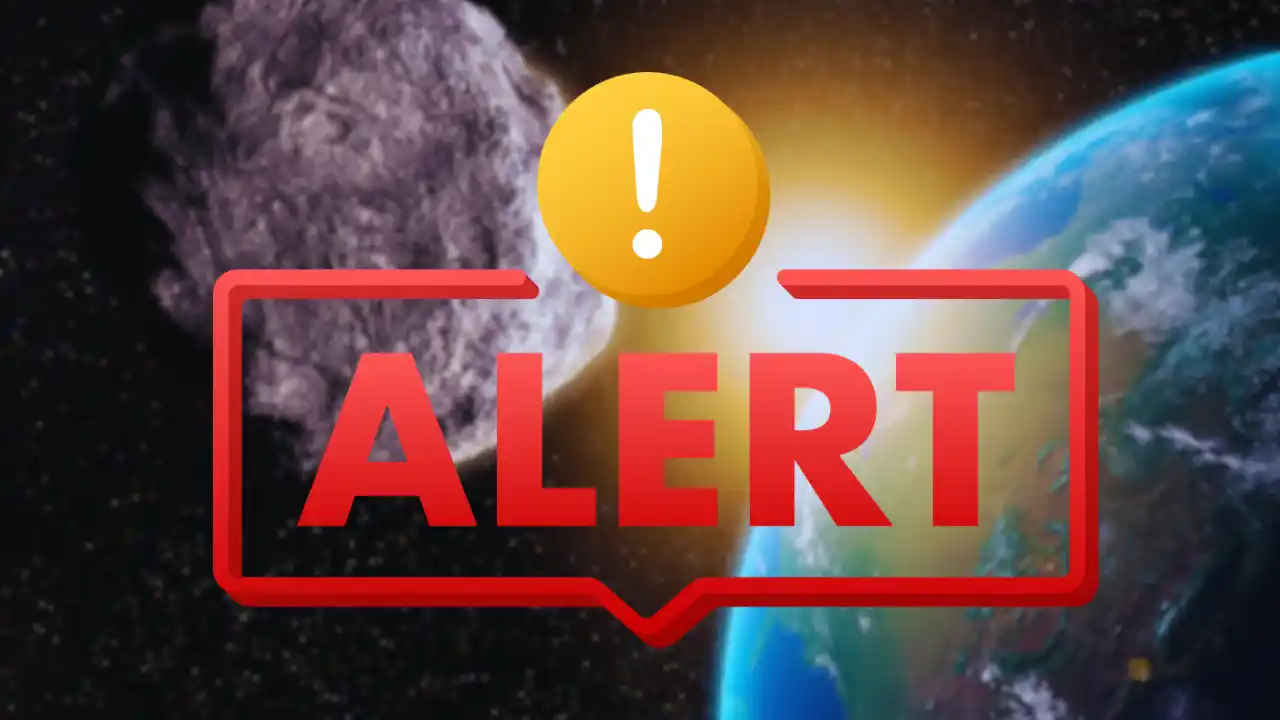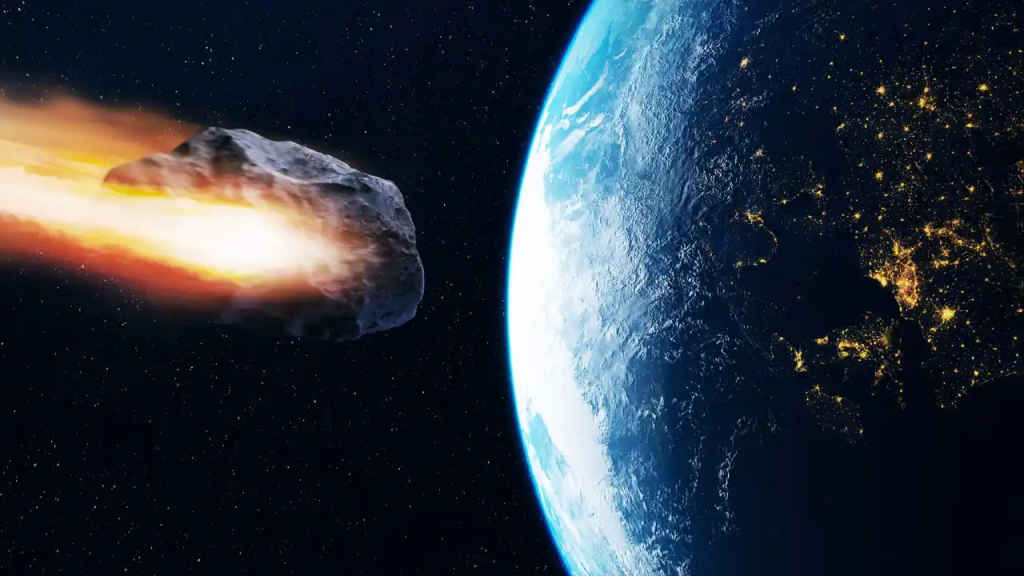

NASA Asteroid Alert
NASA has issued a warning about a significant asteroid named 2024 OC, which is set to pass by Earth on August 4th at 16:10 UTC (9:40 PM IST). This large space rock, measuring 410 feet (125 metres) in size, is moving at a speed of 35,996 km/h. The asteroid belongs to the Apollo group, a class of near-Earth objects (NEOs) with orbits that intersect Earth’s orbit.
While most NEOs pose no threat due to their distant paths, some asteroids, known as potentially hazardous asteroids (PHAs), require closer monitoring. PHAs are defined as asteroids larger than 460 feet in size with orbits coming within 7.5 million kilometres of Earth’s orbit.
Although 2024 OC is slightly smaller than the size criteria for PHAs, it will pass at a distance of 7.4 million kilometres from Earth, narrowly avoiding the threshold for being classified as potentially hazardous. NASA is closely monitoring this close approach to ensure there are no unexpected changes in its path, reports Times Now.
Also read: NASA issues alert for near-earth asteroid 2011 MW1 approaching at high speed

To track and assess the risks posed by asteroids like 2024 OC, NASA relies on its Center for Near-Earth Object Studies (CNEOS). This centre gathers data from observatories worldwide, including contributions from amateur astronomers. Major NASA-funded observatories, such as Pan-STARRS, the Catalina Sky Survey, and NASA’s NEOWISE mission, provide the bulk of tracking data. Future observations will be enhanced by the NEO Surveyor mission. Additionally, radar projects, such as JPL’s Goldstone Solar System Radar Group, play a vital role in NASA’s efforts to monitor NEOs.
If an asteroid like 2024 OC were to collide with Earth, it could cause significant damage, similar to the Tunguska event in 1908, which flattened a large area in Siberia. Fortunately, with continuous monitoring by NASA and other space agencies, any potential threats can be identified well in advance, allowing for precautionary measures. For now, 2024 OC will safely pass by without causing any harm.